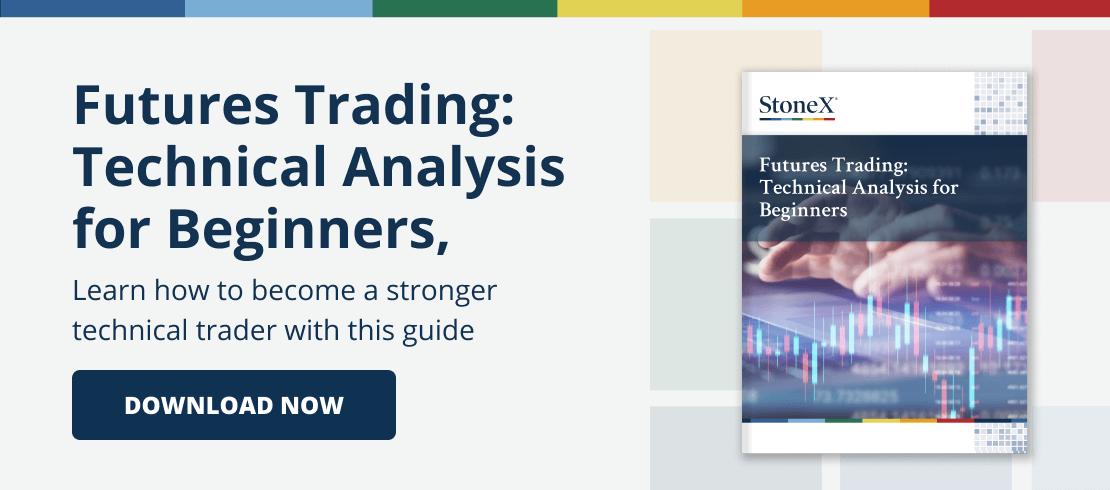Keltner Channel
This moving average system by Chester W. Keltner consists of an n-day moving average of the “typical price” (sometimes referred to as “average price,” ((H+L+C)/3), plotted with a channel formed by adding and subtracting an n-bar moving average of the high-low range to or from the moving average of the typical price. Thus, the width of the channel adjusts to market volatility.
Properties
Period: The number of bars in a chart. If the chart displays daily data, then period denotes days; in weekly charts, the period will stand for weeks, and so on. The application uses a default of 10.
Calculation
The study has two plots: a KCHigh and a KCLow.
The user parameter is the number of periods for the Moving Average of the Typical Price and the Moving Average of the High-Low Range (Period, default: 10)
For each bar:
- Calculate the Absolute High-Low Range: ABS( (H-L)/2 )
- Calculate the Typical Price. This is (High + Low + Close) / 3
- Beginning with Period n bar:
- Calculate a simple moving average of the Typical Price (MATypicalPrice).
- Calculate the KCHigh: MATypicalPrice + MARange.
- Calculate the KCLow: MATypicalPrice – MARange.
View Other Technical Analysis Studies
- Bollinger Bands
- Commodity Channel Index
- Crack Spread
- Crush Spread
- Default
- Directional Movement Index
- Envelope
- Exponential Moving Average
- Exponential Oscillator
- High Low Moving Average
- Highest High / Lowest Low
- Historic Volatility
- Keltner Channel
- Least Squares Linear Regression
- Line Oscillator
- Momentum
- Moving Average
- Moving Average Convergence Divergence
- Moving Standard Deviation
- Open Interest
- Oscillator
- Parabolic Stop and Reversal
- Rate of Change
- Relative Strength Index
- Smoothed Moving Average
- Smoothed Oscillator
- Stochastic
- Variable Moving Average
- Volume
- Volume and Open Interest
- Weighted Close
- What is the Slow Stochastic Oscillator?
- Williams’ %R

